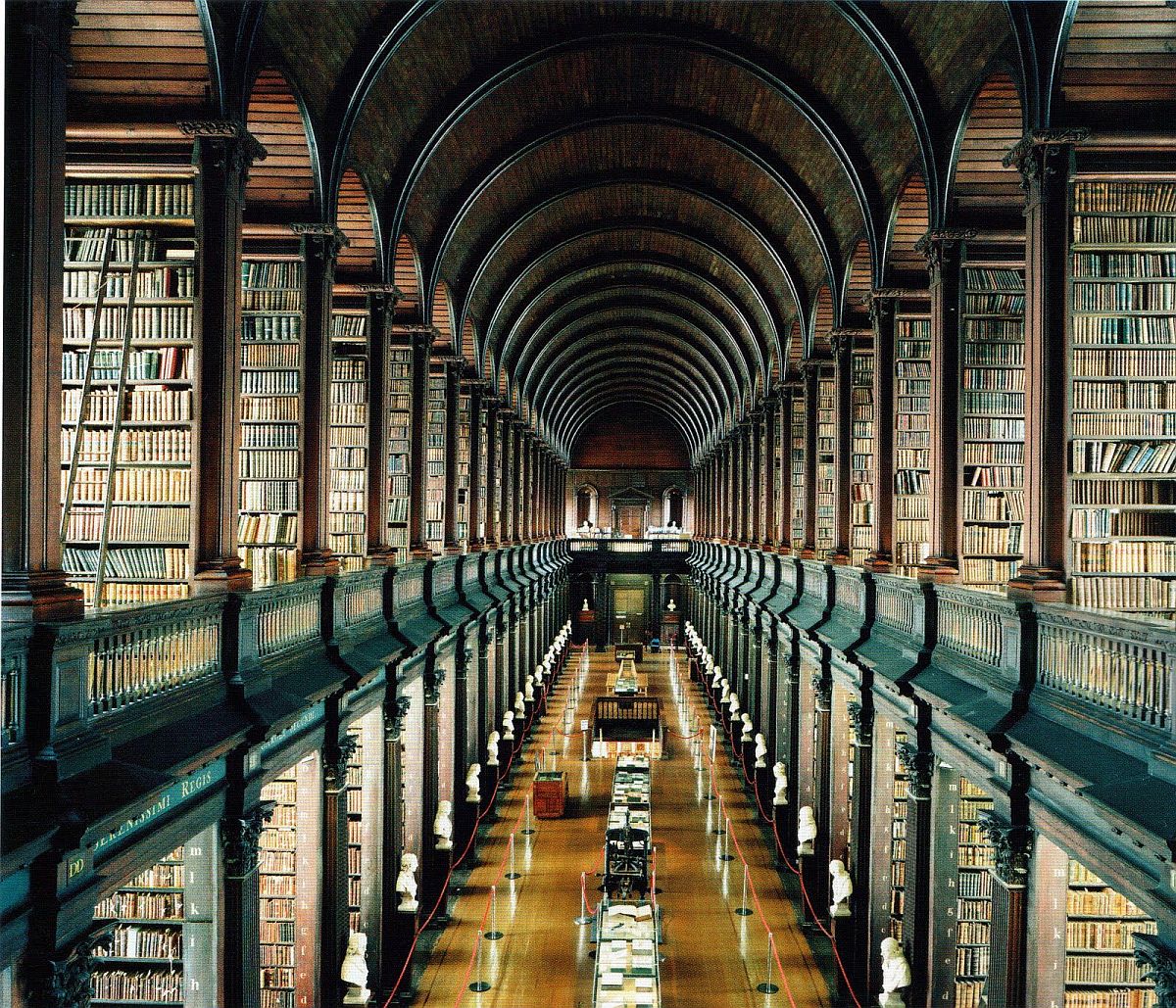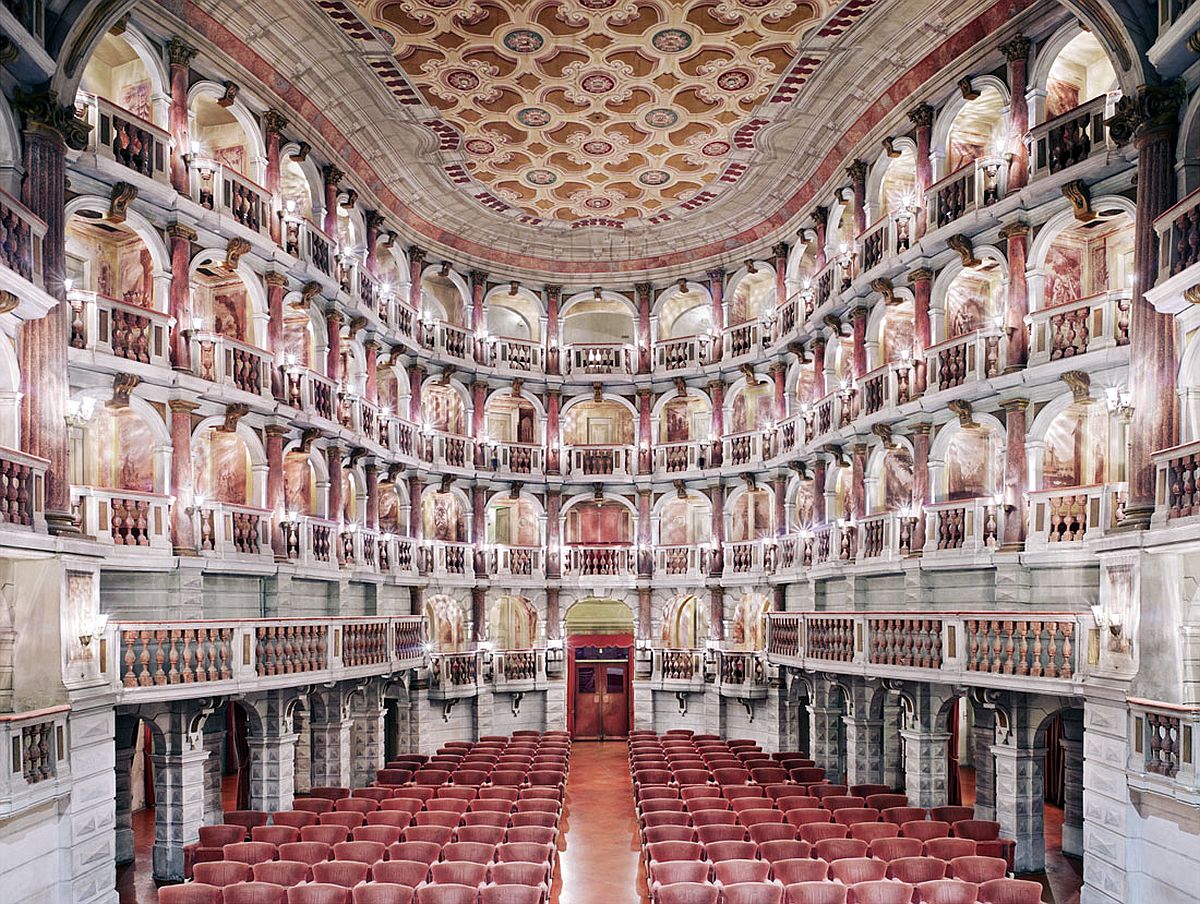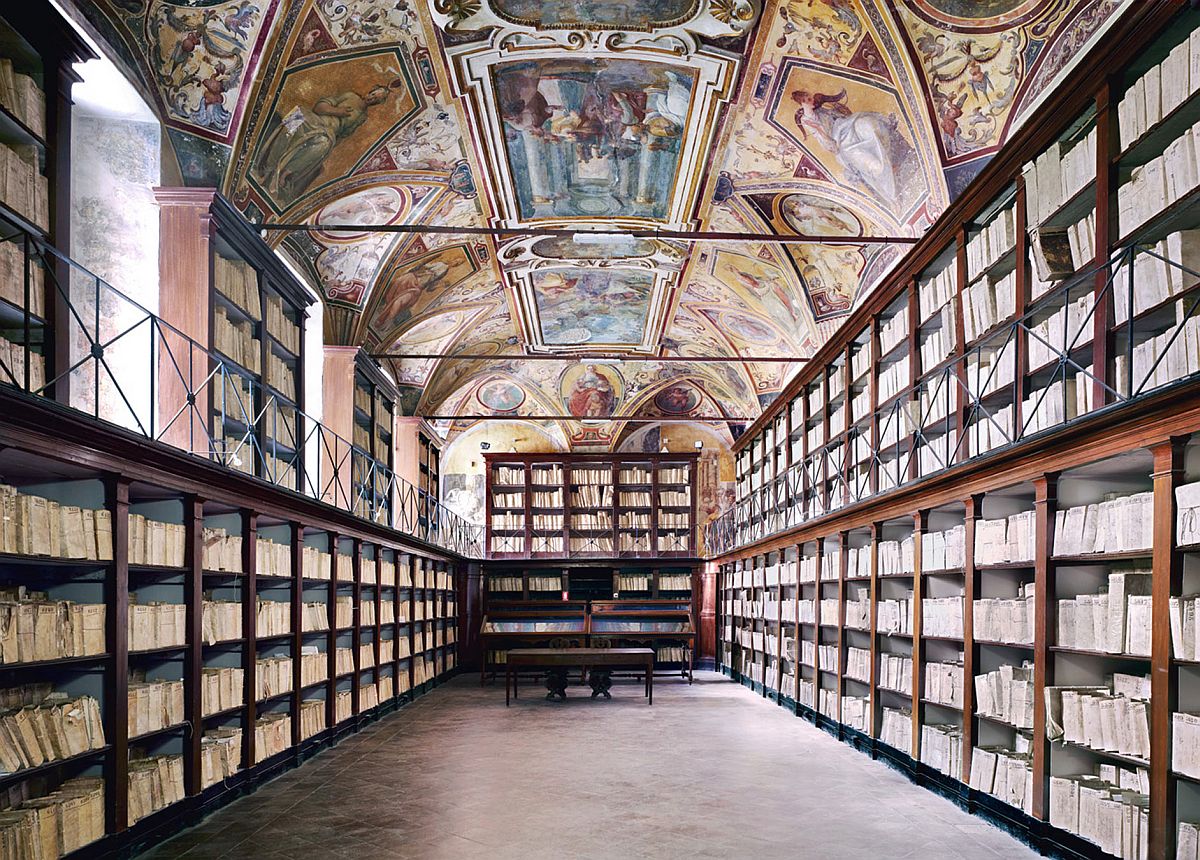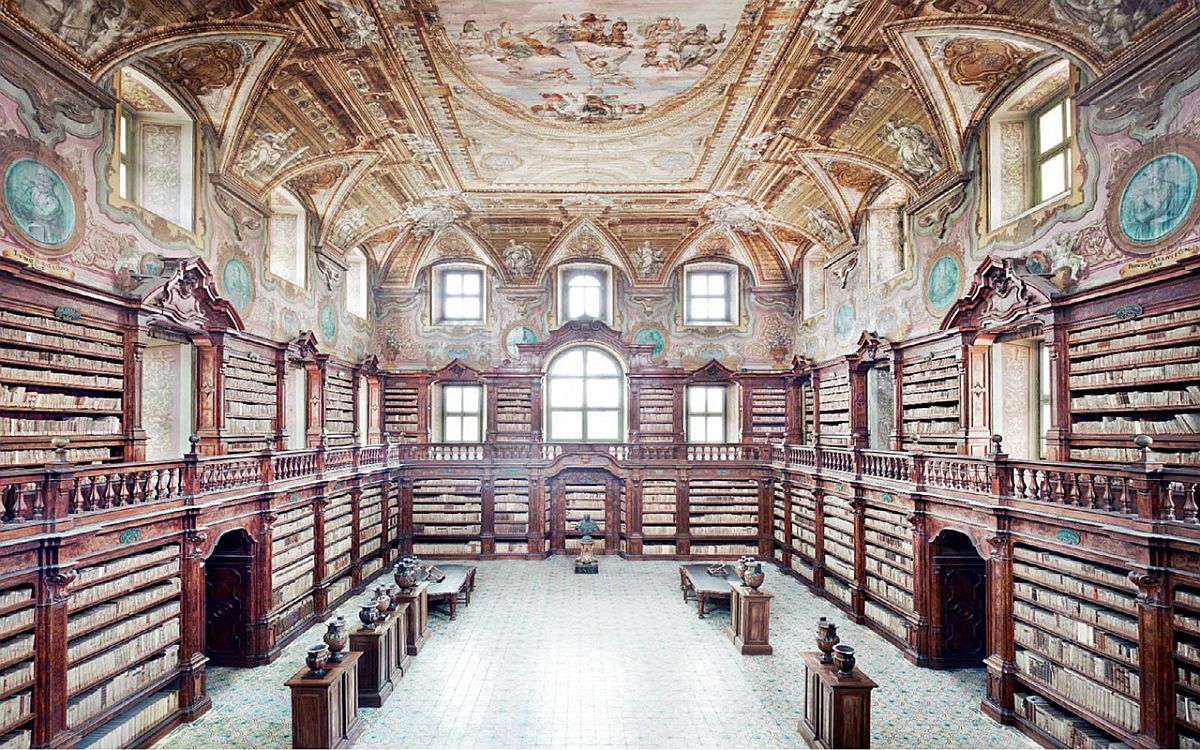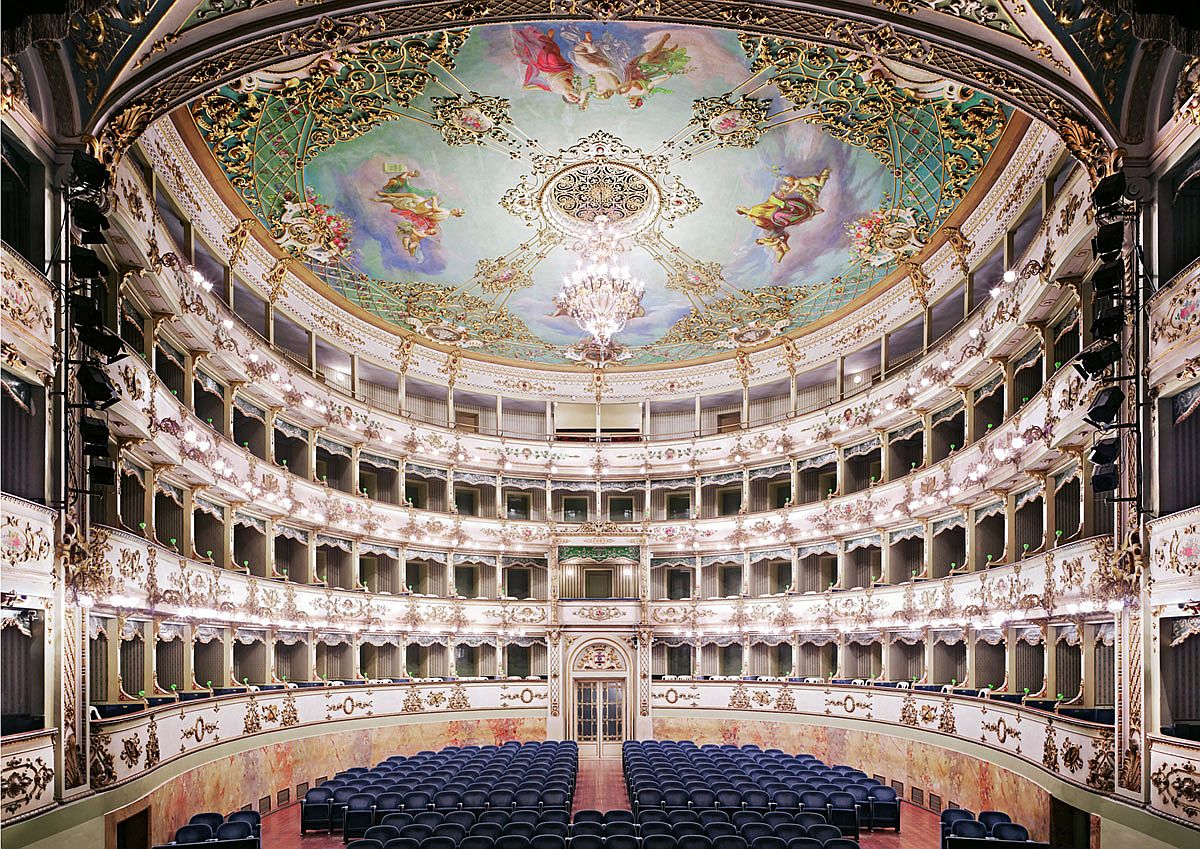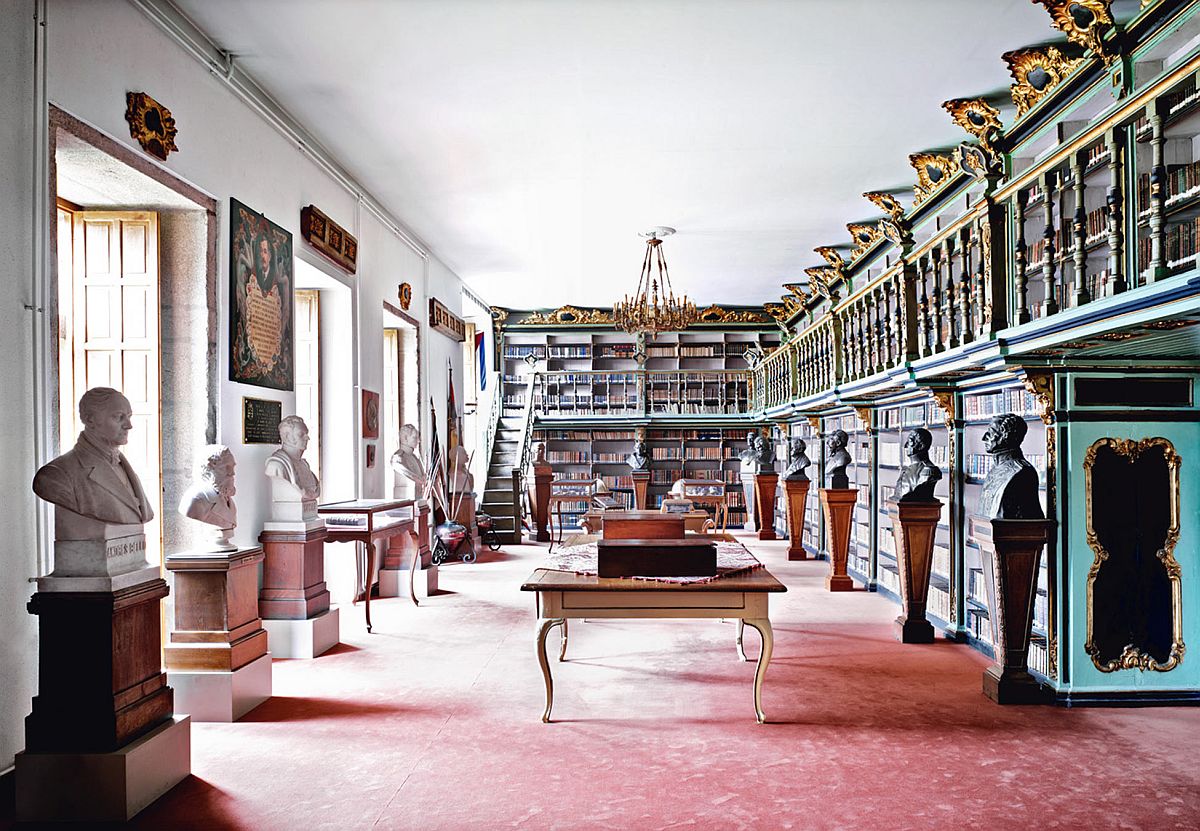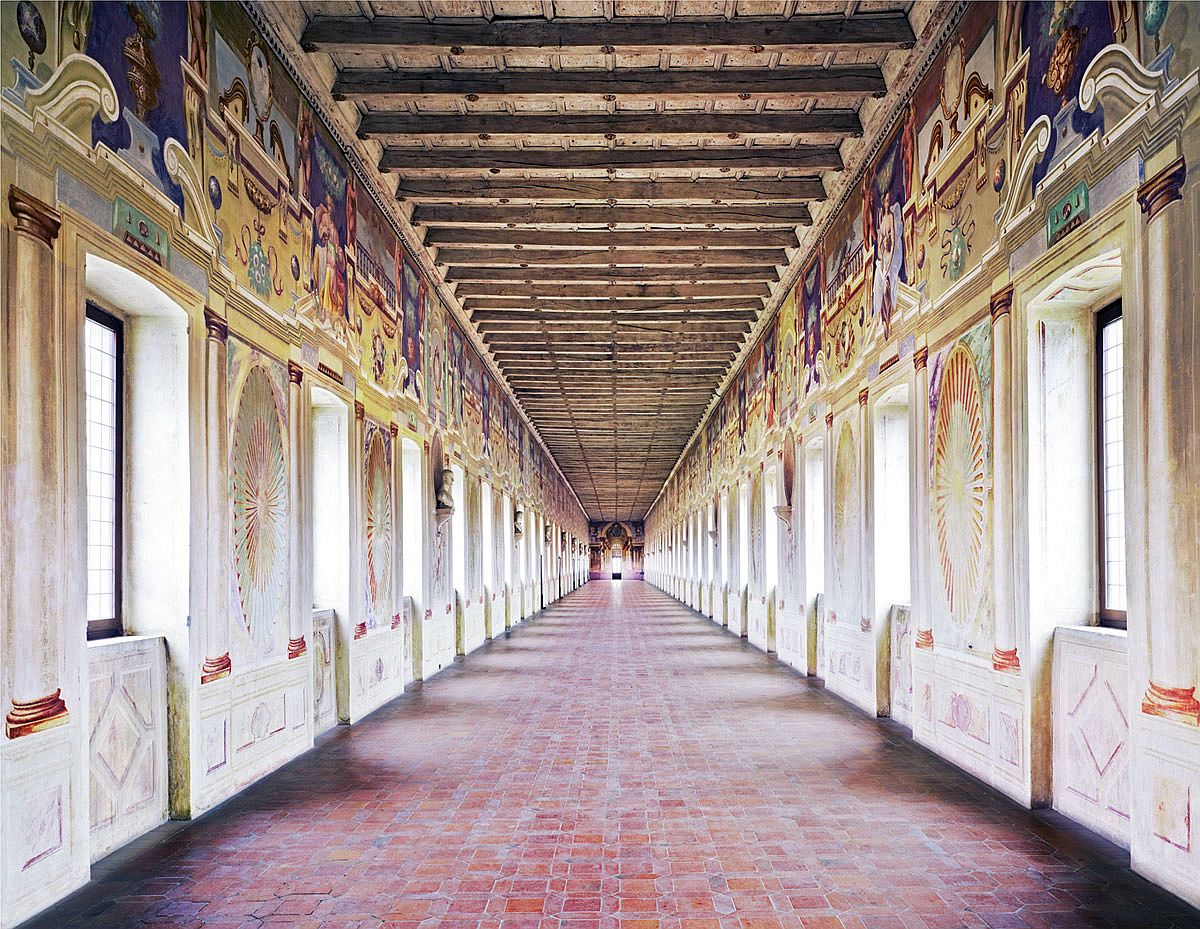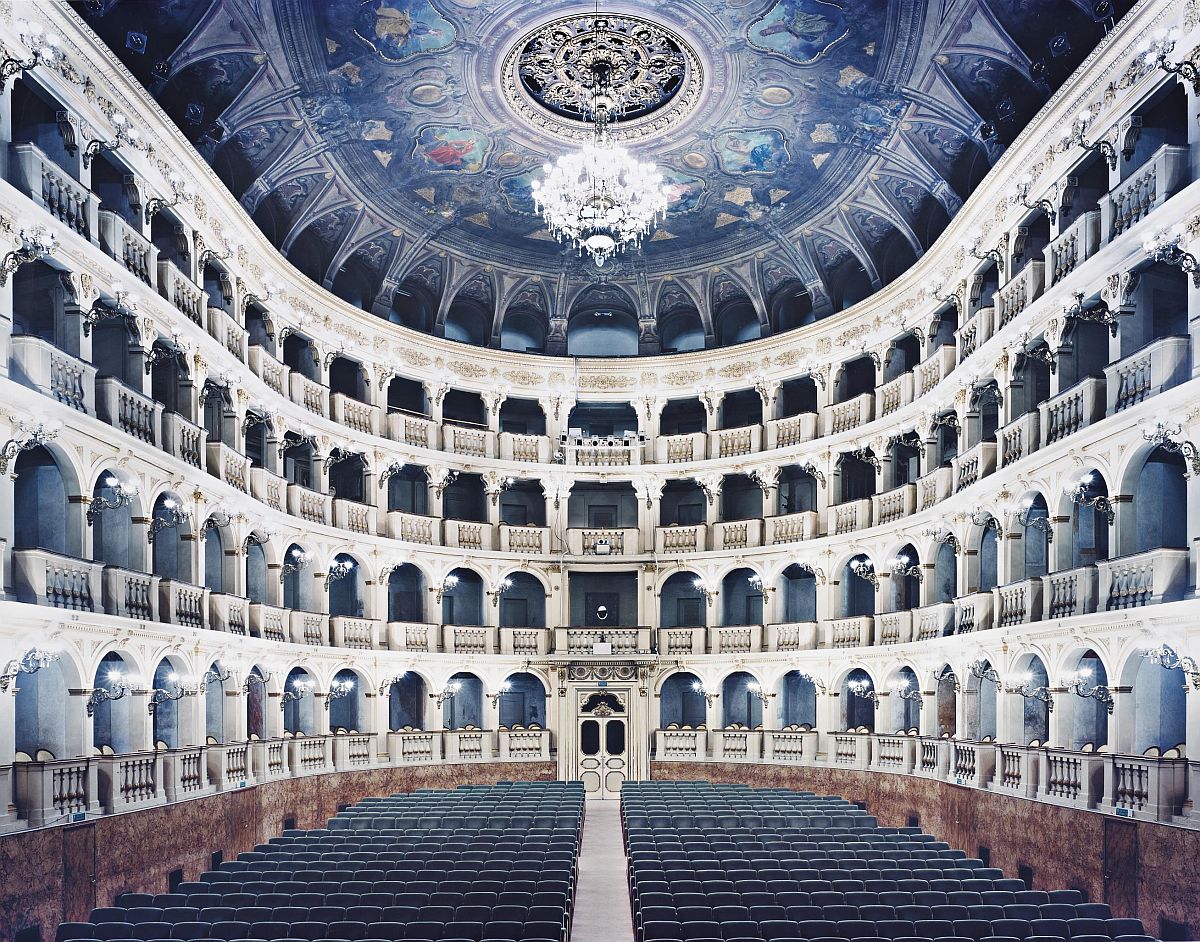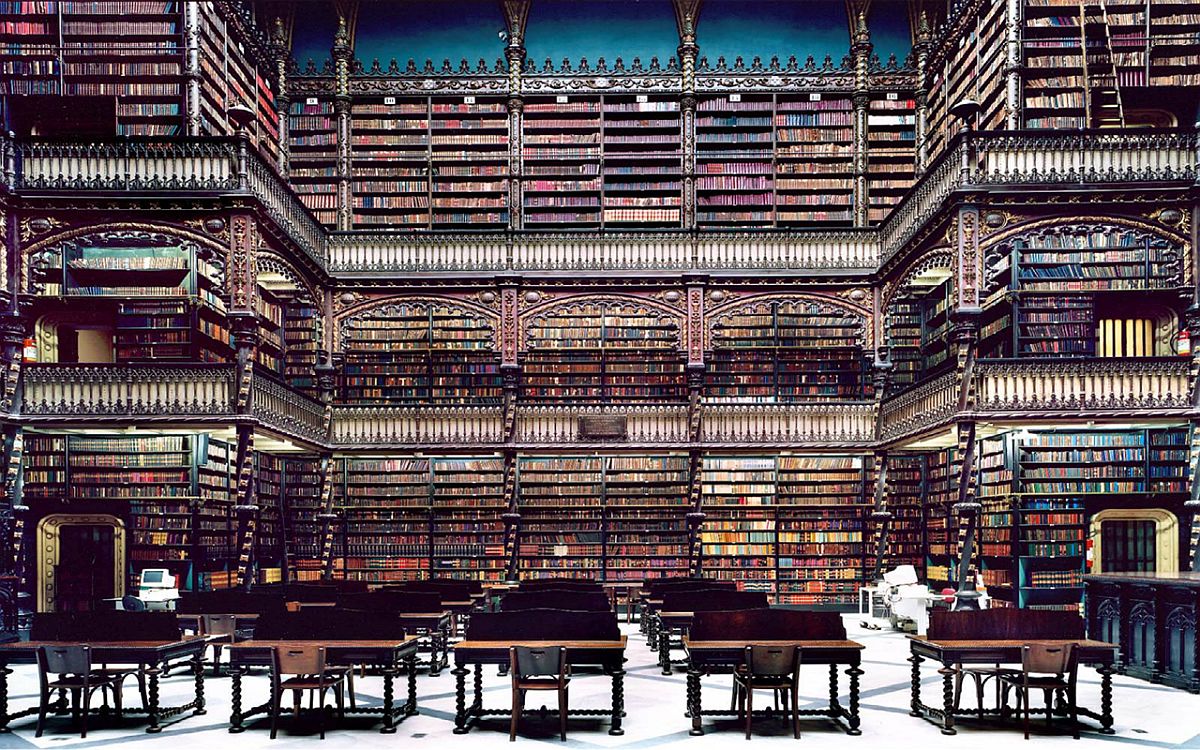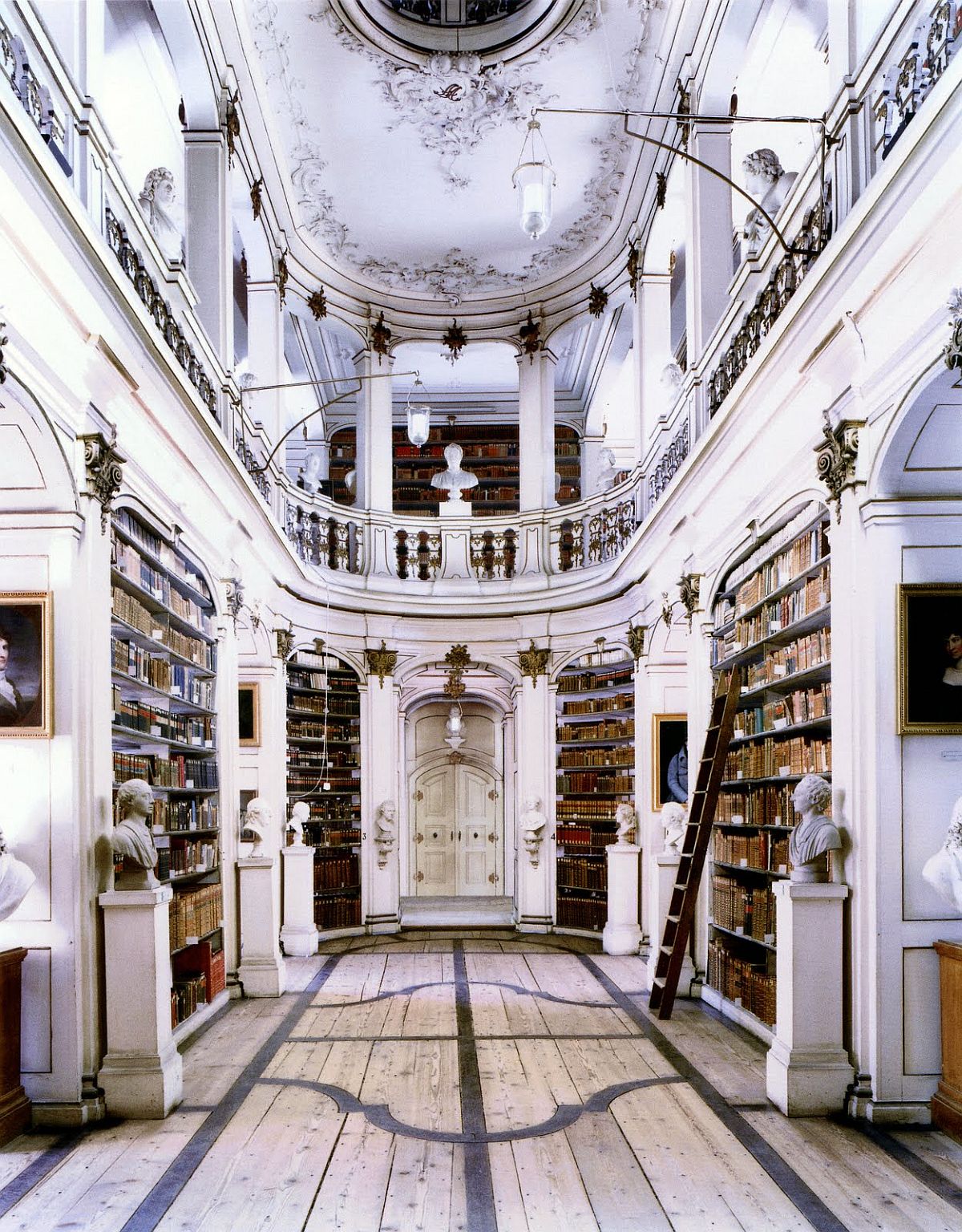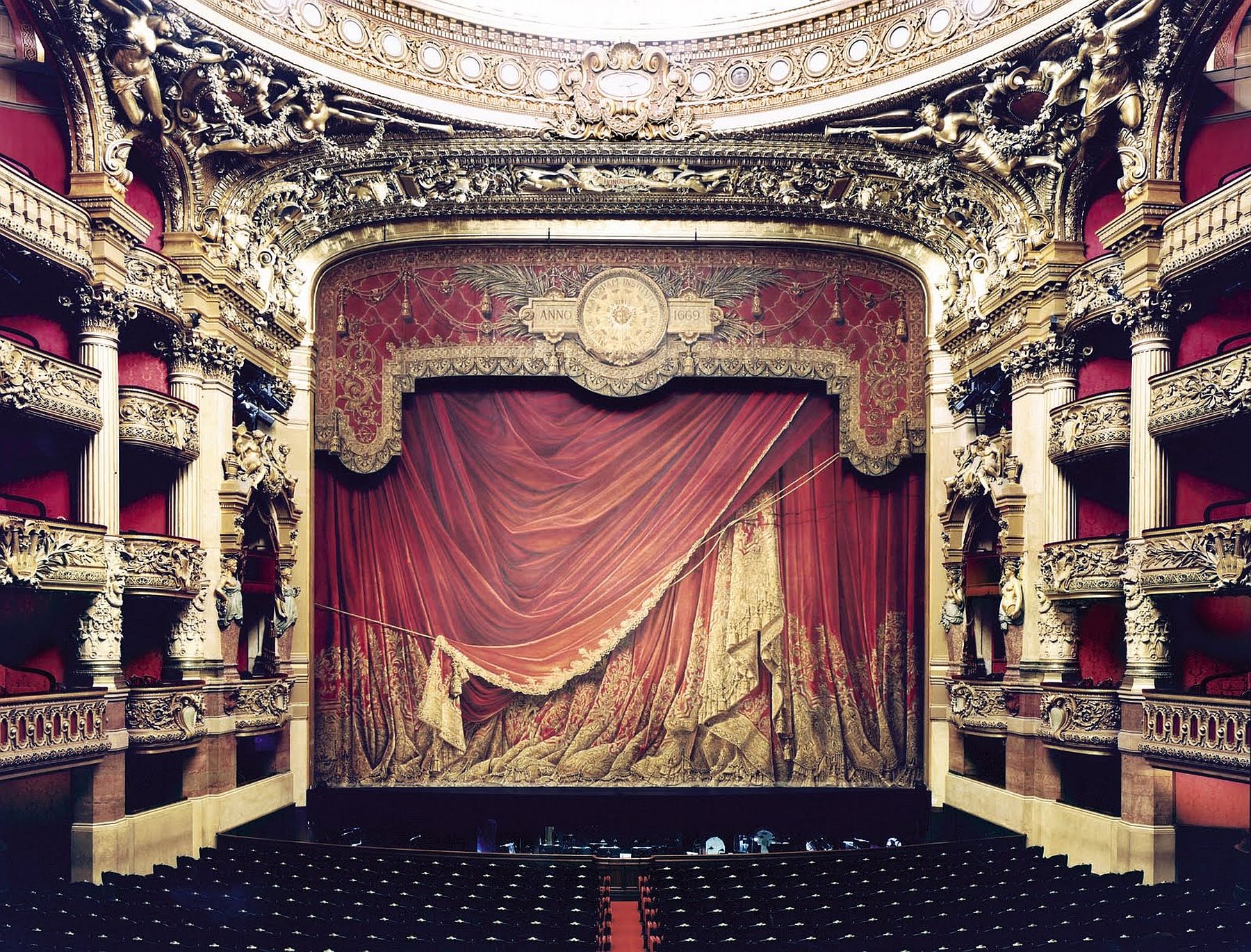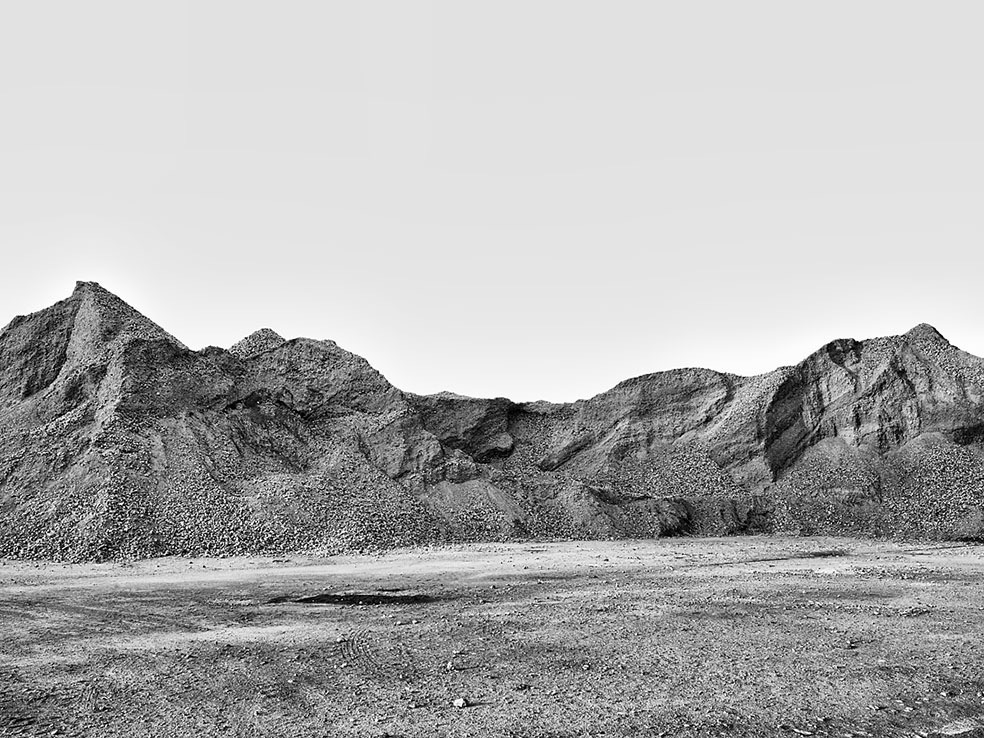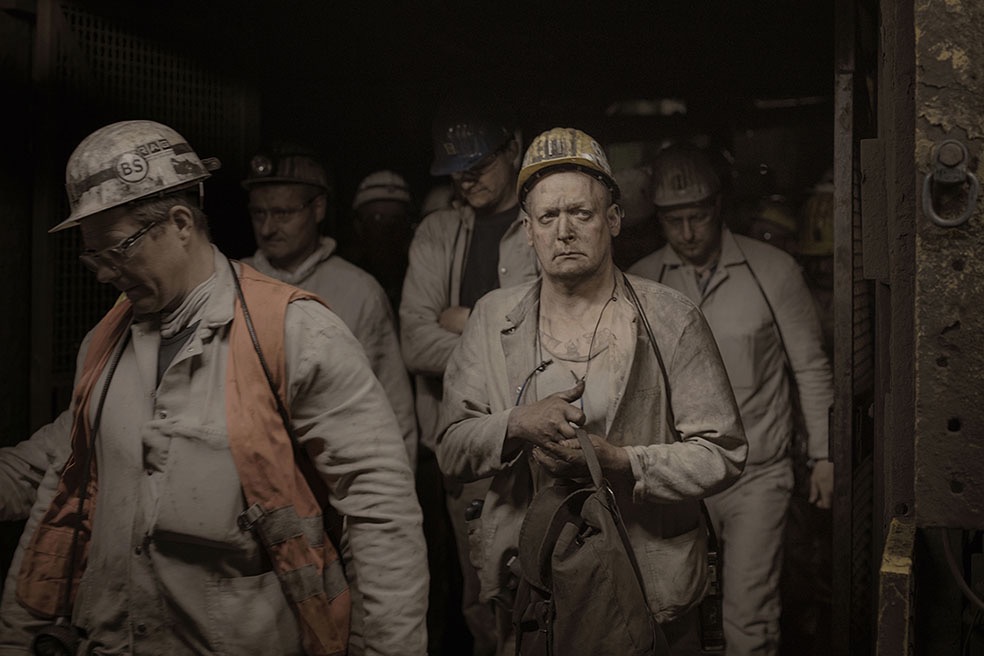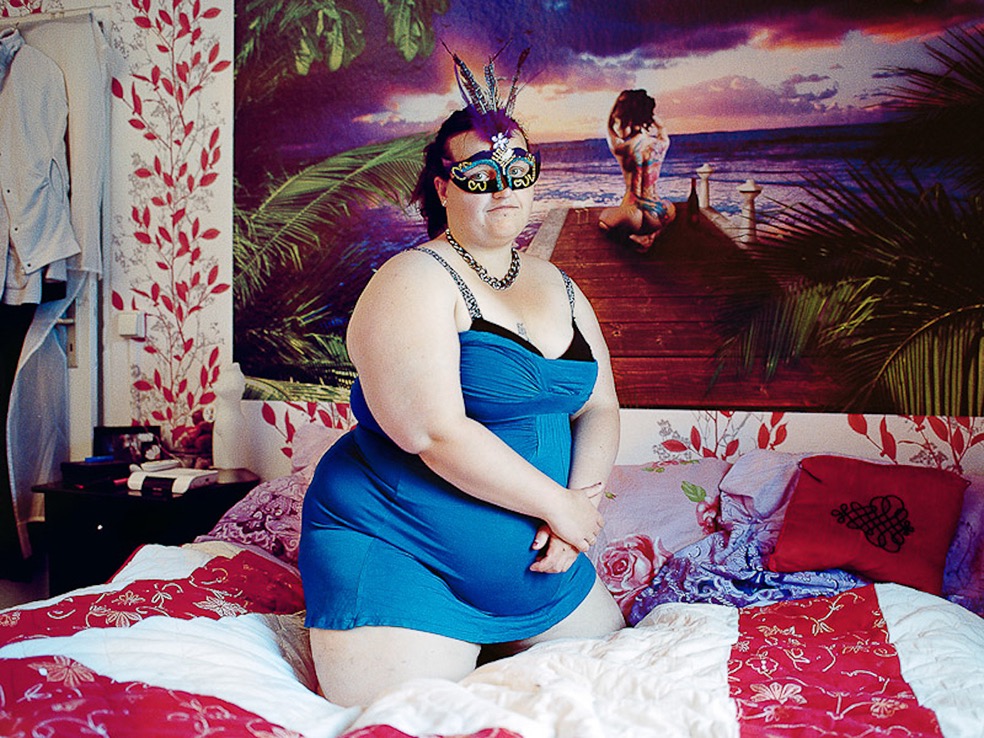Candida Höfer was born in 1944 in Eberswalde, Germany. From 1963 to 1964, she worked as a volunteer in the Fotoatelier Schmülz-Huth in Cologne, and from 1964 to 1968 she studied at the Kölner Werkschulen. She began working for newspapers as a portrait photographer in 1968, producing a series on Liverpudlian poets. From 1970 to 1972, she studied daguerreotypes while working at the Werner Bokelberg studio in Hamburg. She enrolled at the Kunstakademie Düsseldorf to study film in 1973, but transitioned to photography in 1976, becoming Bernd Becher’s student until 1982. Along with Thomas Ruff, she was one of the first of Becher’s students to use color, showing her work as slide projections.
Since 1980, in her ongoing Räume (Spaces) series, Höfer has concentrated on public spaces inside libraries, hotels, museums, concert halls, palaces, and other buildings. The series Zoologische Garten (1990–92), despite the absence of people in its images, is about the ways in which people are directed and contained by architecture. Zoologischer Garten Hannover V (1992), an image of a lion staring from behind the grating of a cage, evinces the act of viewing that is key to the museum experience, yet it also suggests the way in which institutional architecture contains its human visitors, directing them through certain spaces and not others. Höfer has expanded her interest in archival spaces such as libraries and museums to include storage facilities for art. Gustinus Ambrosi I Museum, Vienna (1992), for example, is a photograph of ten portrait busts gathered unceremoniously in a forgotten corner of a museum; ventilation ducts seem to take the place of paintings on the blank wall behind them. In 2001, for Douze-Twelve, commissioned by the Musée des Beaux-Arts et de la Dentelle in Calais, Höfer photographed all twelve casts of Auguste Rodin’s The Burghers of Calais in their installations in various museums and sculpture gardens. Despite the geographically specific titles of her recent series—Dresden (1999–2002), Weimar (2004–06), Louvre (2006), Portugal (2006), and Bologna (2007)—Höfer’s images of empty spatial constructions comment not on cultural differences but explore the universality of the built environment’s manipulation of human experience.
